



rtl8211fs ethernet chip driver
The RTL8211FS is a widely used Ethernet physical layer (PHY) chip from Realtek, commonly employed in embedded systems for network connectivity. It supports both 10/100/1000Mbps Ethernet speeds and is frequently interfaced with microcontrollers like STM32 to enable reliable and high-speed network communication. This article discusses the implementation of the RTL8211FS Ethernet chip driver for STM32, covering the basic setup, configuration, and key considerations.
1. Introduction to the RTL8211FS Ethernet Chip
The RTL8211FS is a cost-effective Ethernet PHY chip that supports the IEEE 802.3 10BASE-T, 100BASE-TX, and 1000BASE-T standards. It offers a standard MII (Media Independent Interface) and RMII (Reduced Media Independent Interface) for communication with a microcontroller. The chip is designed to provide high performance, low power consumption, and ease of use for embedded networking applications.
When paired with STM32 microcontrollers, the RTL8211FS provides a reliable physical layer interface for Ethernet communication. STM32 lacks a dedicated Ethernet PHY, but by connecting the RTL8211FS, the microcontroller can support Ethernet networking features such as TCP/IP, UDP, and other network protocols through software stack implementations.
2. Connecting STM32 and RTL8211FS
The connection between STM32 and the RTL8211FS is typically made via the MII or RMII interface, with the choice of interface depending on the STM32 microcontroller and the specific project requirements.
- MII Interface: Provides a wider data bus (16 bits), offering faster data transmission rates and more flexibility but consuming more GPIO pins.
- RMII Interface: Uses a reduced data bus (only 4 bits) and fewer GPIO pins, making it more suitable for space-constrained designs, though with slightly reduced data transfer performance.
The connection setup typically involves the following signals:
- TXD0, TXD1: Transmit data from STM32 to RTL8211FS.
- RXD0, RXD1: Receive data from RTL8211FS to STM32.
- TX_EN: Transmit enable signal.
- RX_ER: Receive error signal.
- MDIO, MDC: Management data input/output and clock signals for PHY management and configuration.
STM32 microcontrollers, such as those in the STM32F4 or STM32F7 series, provide built-in Ethernet MAC controllers that can be configured to interface with the RTL8211FS over these connections.
3. Driver Implementation for STM32
To enable network communication between STM32 and the RTL8211FS, a driver must be implemented to handle the initialization, configuration, and communication processes. Typically, STM32 developers use STM32CubeMX or HAL (Hardware Abstraction Layer) libraries to assist in configuring the microcontroller and writing the driver. The steps for setting up the driver include:
3.1 Driver Initialization
The first step is to initialize the Ethernet peripheral of the STM32 and configure the MII or RMII interface to communicate with the RTL8211FS. The initialization process involves setting up the relevant GPIO pins, configuring the Ethernet MAC layer in STM32, and enabling the necessary clocks.
- STM32CubeMX: The initialization of the Ethernet peripheral and configuration of pins is greatly simplified using STM32CubeMX, a graphical tool for STM32 code configuration. CubeMX generates the initialization code to configure the Ethernet peripheral, ensuring that the MAC controller and PHY chip are correctly initialized.
3.2 PHY Configuration
After initializing the STM32 Ethernet MAC, the RTL8211FS must be configured via the MDIO/MDC interface for proper communication. The PHY register settings such as speed, duplex mode, and auto-negotiation must be set. This can be done by writing to the RTL8211FS's internal registers using the MDIO interface. STM32 provides functions for accessing PHY registers through MDIO.
Typical configurations involve:
- Setting the PHY to auto-negotiation mode for automatic detection of the best available connection speed (10/100/1000Mbps).
- Configuring the duplex mode (half/full duplex) for optimal communication performance.
3.3 Data Transmission and Reception
The driver needs to handle the data transmission and reception from STM32 to RTL8211FS. The data transmission process involves writing packets from STM32’s memory to the RTL8211FS using the MII/RMII interface. Similarly, data reception involves reading received packets from the RTL8211FS and storing them in STM32 memory.
- Transmit Buffer: The Ethernet driver must manage a transmit buffer in STM32’s RAM, where outgoing packets are stored before being sent to the RTL8211FS.
- Receive Buffer: Similarly, received packets are stored in a receive buffer, where the STM32 microcontroller can process them.
A circular buffer management system is often used to handle packet transmission and reception efficiently, ensuring minimal data loss.
3.4 Interrupt Handling
Ethernet communication often requires interrupt handling for various events such as packet transmission, reception, or errors. STM32 can use interrupts to handle the completion of data transmission, receipt of new packets, and detection of error conditions like collision, under-run, or over-run.
The Ethernet driver should be capable of enabling interrupts for transmit and receive events, allowing the system to process networking tasks asynchronously. Interrupt service routines (ISR) handle these events by triggering the appropriate processing logic when new data is received or when a transmission is completed.
4. Challenges and Considerations
4.1 Power Consumption
While the RTL8211FS is designed for low power consumption, the overall system power consumption can be a concern, especially for battery-operated devices. Efficient management of power modes for the STM32 and RTL8211FS is critical, and developers should consider using power-saving modes when the system is idle or in low-traffic conditions.
4.2 Error Handling and Debugging
Debugging Ethernet communication can be challenging due to potential network issues, such as packet loss, errors, or communication failures. Tools like Wireshark can be invaluable in capturing network traffic and identifying issues with packet transmission or reception. Additionally, developers need to implement robust error-handling mechanisms in the driver to recover from link failures or other unexpected conditions.
4.3 Performance Optimization
Optimizing the performance of Ethernet communication in embedded systems involves managing memory buffers, optimizing interrupt handling, and ensuring that the STM32 is capable of handling high-speed network traffic. Buffer sizes and data processing routines should be optimized for the specific application to minimize latency and maximize throughput.
5. Conclusion
The RTL8211FS Ethernet PHY chip is an excellent choice for adding network connectivity to STM32-based embedded systems. By implementing a proper driver, developers can enable high-speed Ethernet communication, supporting applications like remote monitoring, industrial control, and IoT. Understanding the configuration and management of both the PHY chip and the STM32 microcontroller is crucial to building an efficient and reliable Ethernet-enabled system. With the proper implementation, STM32 and RTL8211FS can provide robust and scalable network solutions for embedded applications.

Please contact us if the source is mislabeled or violates your legal rights.
We will promptly correct and delete, thank you.
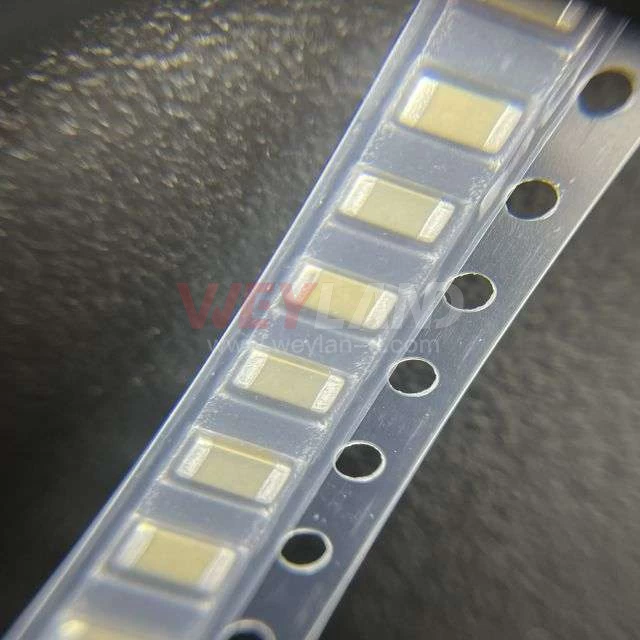
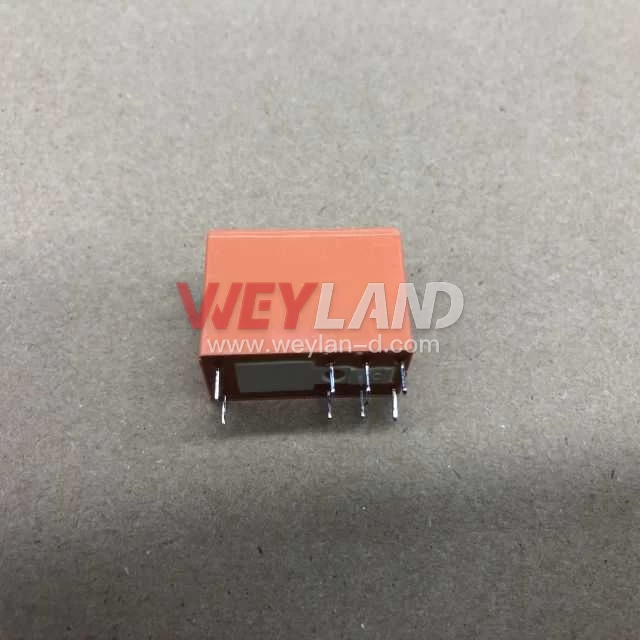

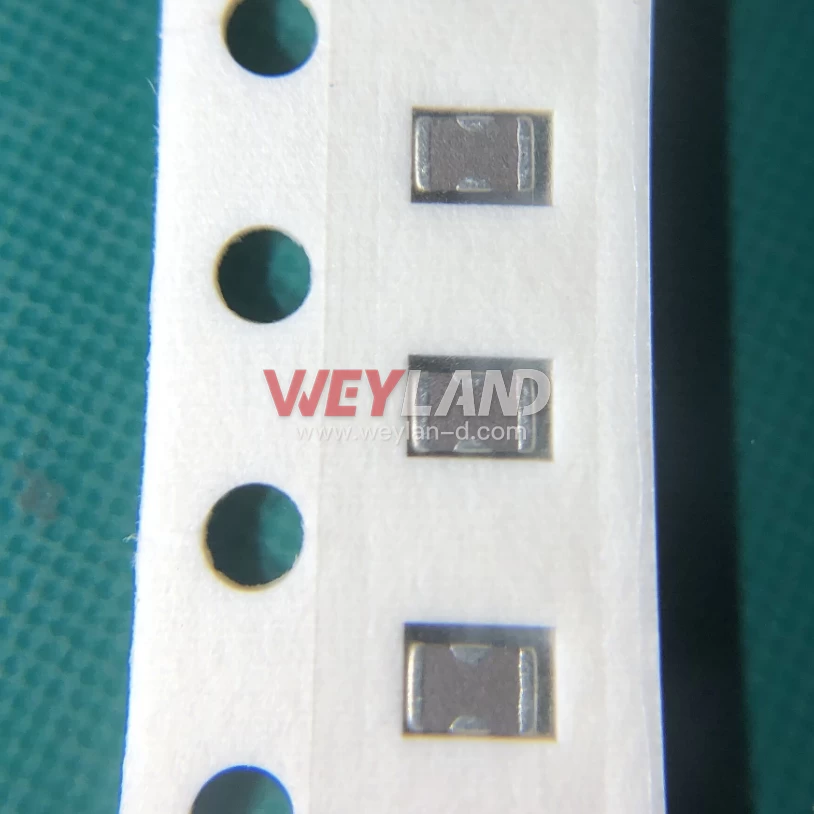
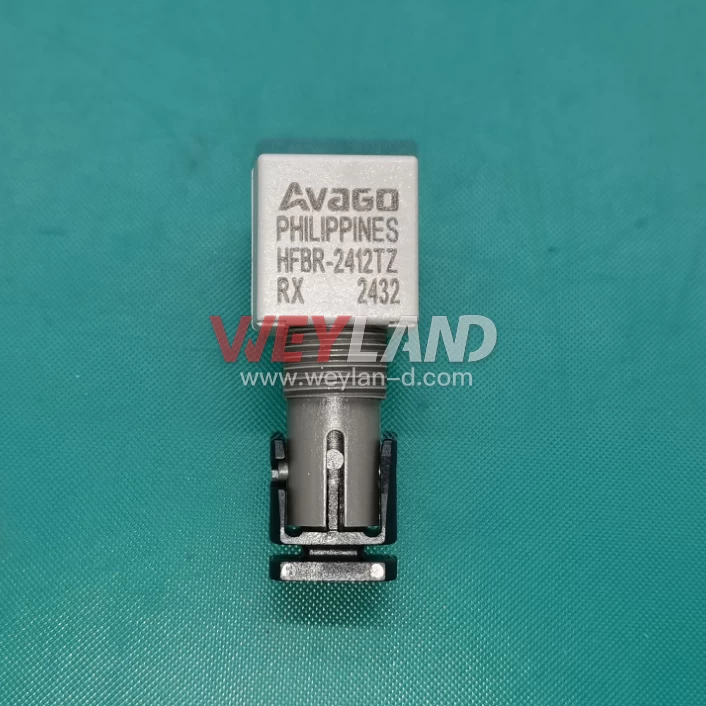
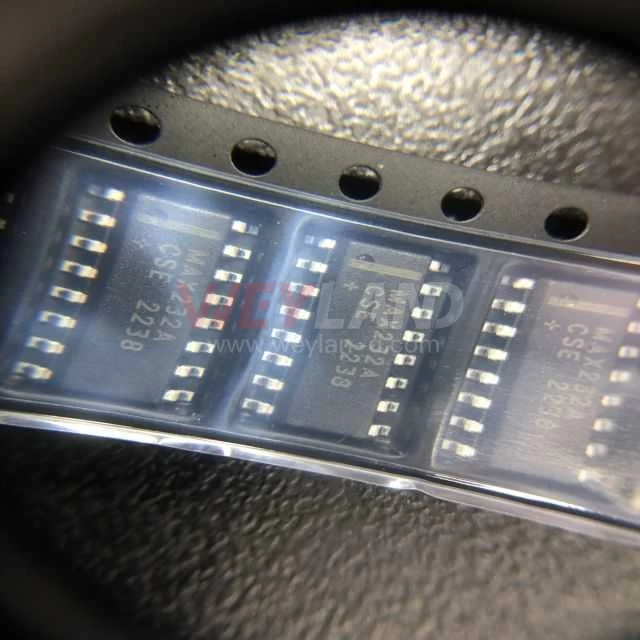

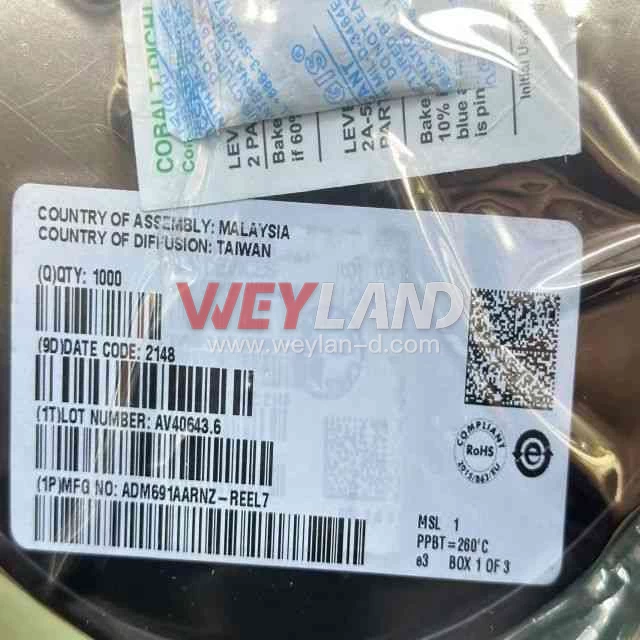
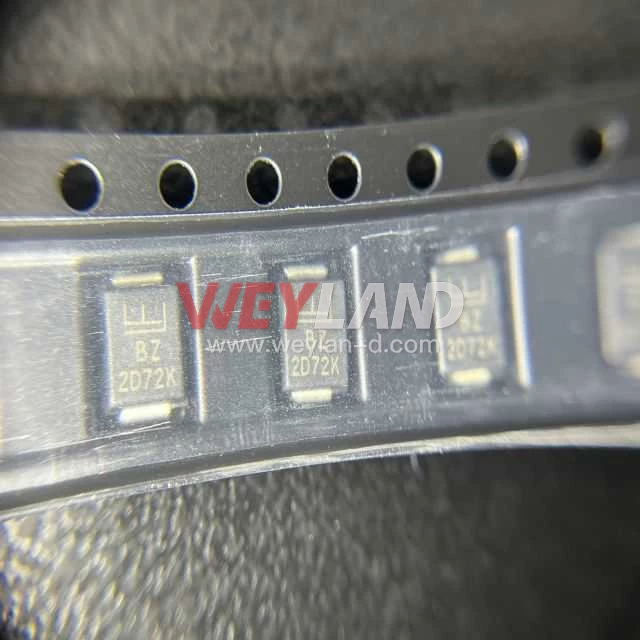
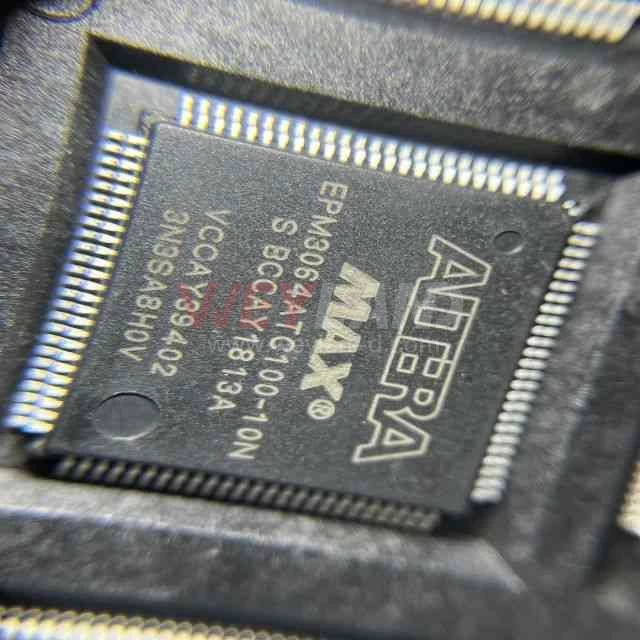
.9246509.png)












[email protected]
7500A BEACH ROAD #04-307 THE PLAZA SINGAPORE (199591)
RM 705.7/F.FA YUEN COMM BLDGNO.75-77.FA YUEN STREET.MONGKOK.KLN.HONG KONG
